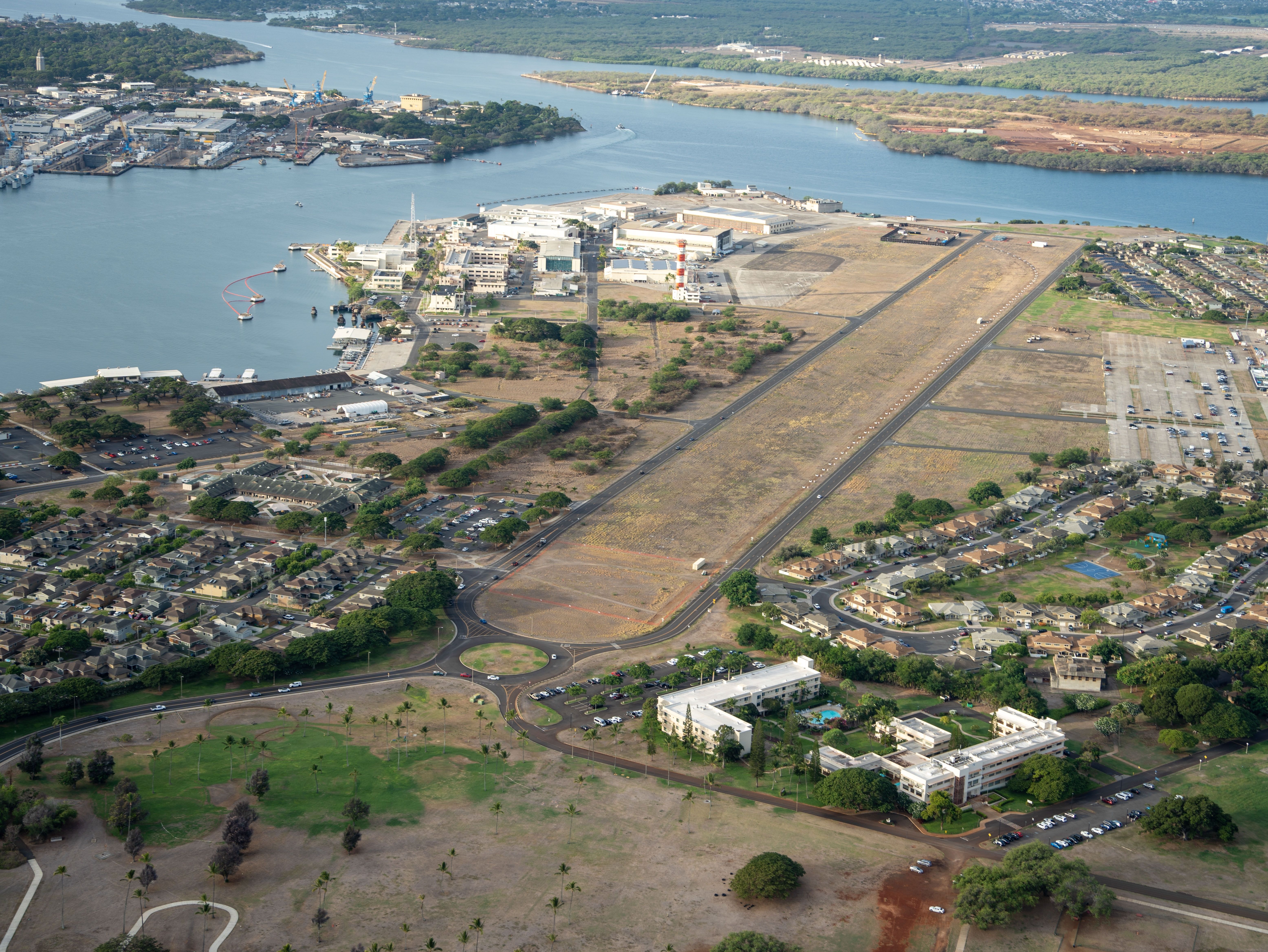Summary US Navy faces lawsuit over fuel leak affecting Pearl Harbor residents. Families report severe health issues from fuel exposure and accuse Navy of various failures. After relocating fuel storage, Navy declares clean water system despite continuing contamination reports.
A trial against the United States Navy (USN) over a November 2021 jet fuel leak in Pearl Harbor begins this week. On that day, at least 5,000 gallons of jet fuel leaked into the base's water supply, causing various ill health effects to residents. Pearl Harbor fuel leak In a feature on CBS' 60 Minutes , military families stationed at Joint Base Pearl Harbor–Hickam (JBPHH) have told of the Navy's failure to protect them from water contaminated by jet fuel.

On November 20th, 2021, a burst pipe in the Red Hill Bulk Fuel Storage Facility led to fuel leaking into the base's water supply, contaminating the drinking water of up to 93,000 people. The leak is believed to have persisted for almost 24 hours, with responders initially not equipped with the right tools to stop it. Navy chiefs were also apparently confident that none of the fuel had leaked into the water system, initially telling residents that the water was safe to drink.
However, it soon became apparent that something was wrong, with hundreds of reports of strong fuel odors coming from residents. Despite this, the Navy said their initial tests could not detect fuel, and residents were informed in an email that " there are no immediate indications that the water is not safe ." Military families speak out Thousands of residents began to report health problems of varying levels of severity, including throat and lung irritation, headaches, rashes, memory loss and seizures.
According to resident Brittany Traeger, her four-year-old daughter developed respiratory problems two weeks after the spill that never went away and now require daily medical attention. Traeger said, "They contaminated our water, they lied to us, they did not protect us, and they did not intervene." It is hard to tell the true number of those poisoned by the leak, but, according to a survey by the Centers for Disease Control and Prevention, more than 850 of 2,000 respondents had to seek medical care.
The lawsuit accuses the Navy of failing to sufficiently warn residents in the aftermath of the leak - It would only be on the 12th day that it announced that further water tests had indeed detected fuel, around 350 times higher than levels deemed safe. But by then, thousands had already drunk and bathed in the water. Navy response According to Kristina Baehr, an attorney representing the plaintiffs, while the Navy has admitted negligence for its role in the contamination, it has also suggested " there was not enough fuel in the water to make people sick .
" Despite this, it has set up dedicated clinics for residents suffering from ongoing health problems. The Red Hill Bulk Fuel Storage Facility was officially closed in 2022, and its approximately 104 million gallons of fuel was relocated to other facilities in the Pacific. The Navy would put thousands of military families into hotels while it flushed out the water system, declaring it clean and subjecting it to continued testing.
However, some residents claim sporadic incidents of contaminated water persist even now, and the area has a history of previous spills..



















